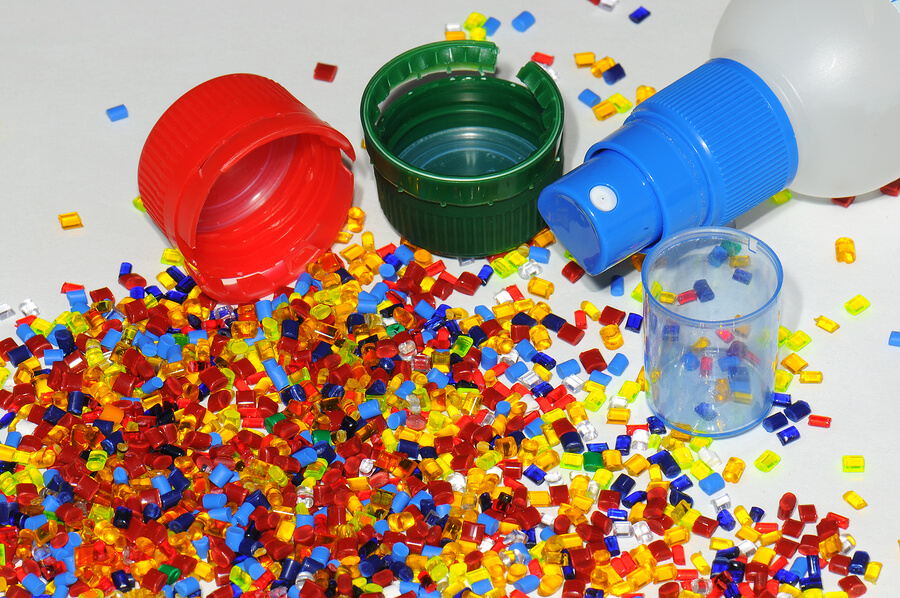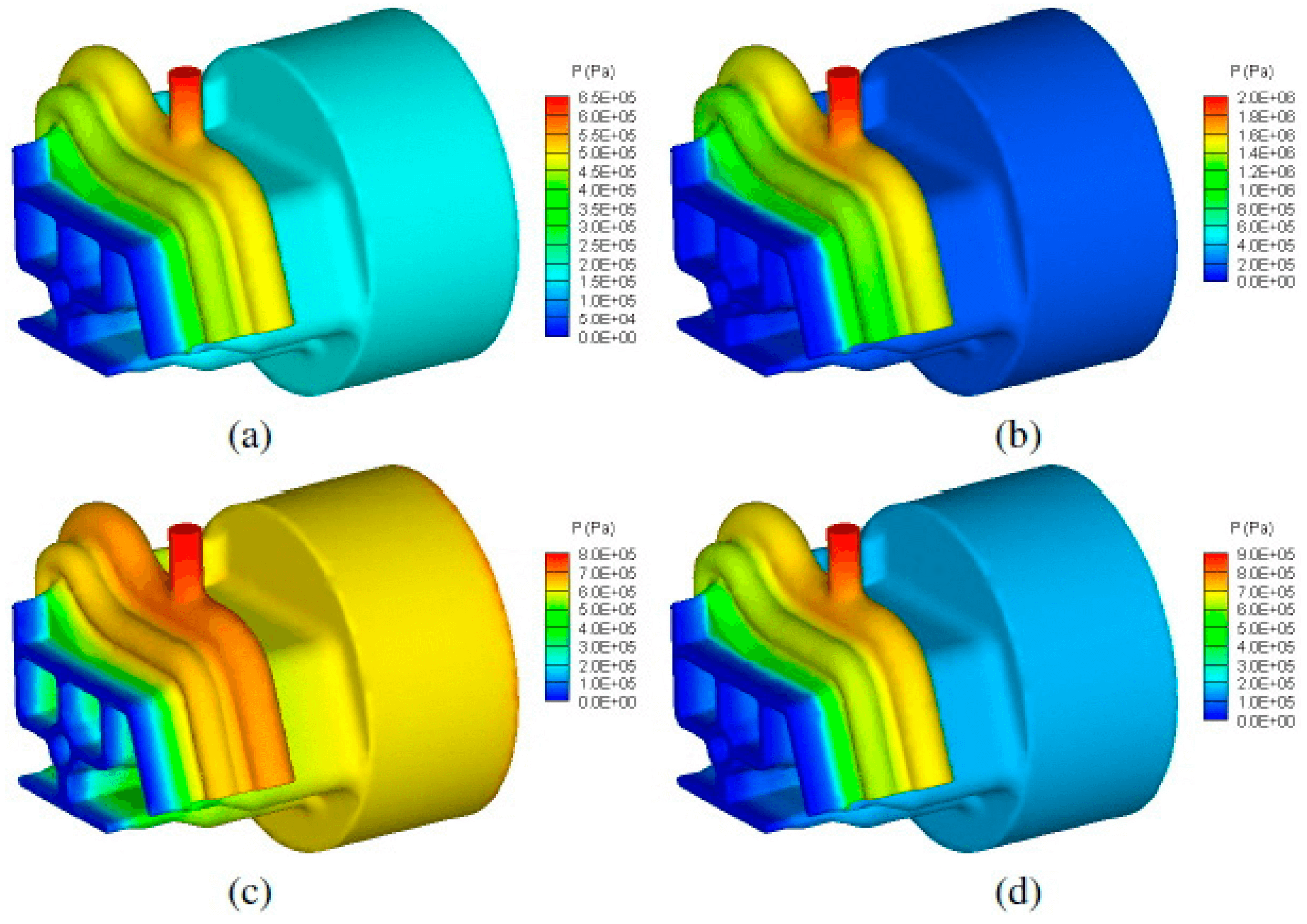2021 Best Guide to Plastic Extrude Process: (Extrusion of Plastic Pipes)
2020-12-26Most Popular Plastic Recycling methods
There are many technologies and equipment for the manufacture of products from various types of polymer materials. Plastic extrude process is one of the most popular plastic recycling methods.
Of course, not only plastic products come into existence with the help of extrusion. But in this article we will describe exactly the features of the processing of polymeric materials.
The extrusion method produces a huge variety of different products from polymers. Plastic pipes, pvc and composite profiles, plastic threads, windows, doors, polymer films and other products. The great popularity of extrusion is due to the high economy and productivity due to the continuous production process.
What is plastic extrude process?
An extruder of polymers is the equipment for the production of products by extrusion of polymer raw materials. The most common types of plastic extrude process machine designs are piston and screw (worm) type extruders.

Let's take an example of the design of a single-screw extruder. Raw materials load into the loading area through a cone-shaped container for loading raw materials. Typically, the polymer raw material for the extruder is a granular bulk material.
By means of a screw, the polymer granules move to the area of the cylindrical body of the extruder. The auger rotates due to the operation of the electric motor through the gearbox.
How do we divide plastic extrusion process?
We can divide the extruder body into 3 zones. The area where the polymer load and not yet melt is called the loading area. And when it heats up, the melting zone begins. The third zone is the forming zone, when the molten polymer extrudes through the forming head and takes the desired shape.
The extruder barrel heats by heaters, which are present outside and tightly cover the entire surface. As electric heaters for the extruder, industrial heaters of the annular type are used or flat. If the extruder barrel is square, but still more often annular are of use.
Also, in each of the zones of the extruder barrel, cooling fans are of use in the design in order to remove excess heat from the heaters. Alternatively, you can use a special type of ring heaters - cooled clamp heaters.
Let's take a closer look at what types of ring heaters have use on plastic extrude process. And what are their main differences and features.
Ring heaters for extruder: plastic extrude process
Sleeve ring heaters are ideal for extruders as they are cylindrical in shape. And can fit snugly against the barrel surface in the heating zone. Clamp heating elements come with both in the form of a full ring with a coupler. And in the form of half rings or segments.
Ring heaters can consist of ceramic or micanite insulation, with various mounts, types of current leads, additional insulation or cooling elements and other features.
All resistive ring heaters use a high electrical resistance nichrome wire as a heating element, which heats up when an electric current passes through it. Let's consider the features of each type of ring heaters.
Cup mikanite heaters
Micanite in this type of heating element has use as an insulator between the heating coil and the outer casing during plastic extrude process. The heater body consists of stainless steel and in the case of micanite insulation. It can have a very large number of different cutouts, holes and connection types.
The maximum power of such heaters is up to 4 W per cm2, and the heating temperature is up to 350 degrees Celsius.
Nozzle heaters: plastic extrude process
It is also possible to manufacture micanite ring heaters with double heating coils. Thus a small heater with high power comes to expression. This type of ring heater has name nozzle heater because it has a use primarily to heat the nozzles of extruders.
Nozzle ring heaters can also be manufactured with a brass body that will be completely sealed without the fear of molten materials go into the body.

Ceramic clamp heaters
Heating elements with ceramic insulation will have a higher power (up to 9 W / cm2) and an operating temperature of up to 70C. Ceramic insulators made of steatite ceramics have high temperature resistance and insulating properties.
Ceramic ring heaters can also take place with an additional insulated jacket via plastic extrude process. Thus reducing their energy consumption by 25%. It will significantly reduce your electricity costs.
Ring heaters with cooling extrude process
With this design of heaters, both micanite and ceramic ring heating elements can be important. But in addition, a metal casing is common of stainless steel and a fan connects for blowing.
The design of the ventilated ring heater allows not only to obtain the most uniform heating, but also to quickly cool the extruder barrel if necessary.
Ring aluminum cast heaters
Cast heaters consist of a tubular electric heater, which has filling of aluminum in the form of half rings or rings. For aluminum heaters, an additional liquid cooling system is there, which can cool the heater in a short time.
Which type of ring heater is best for your type of extruder?
What characteristics are important? And other questions you can ask in the form of a question or just write us an e-mail, we will try to answer all your questions about heaters for extruders.
Production of various types of polymer products on plastic extrude process is also possible.
A wide variety of types of plastic products can be produced depending on the different openings on the die. The circular shape of the head allows the production of rods, cylindrical - plastic pipes and films, flat slotted. Films and profiles, complex shapes of extruder head are also possible in manufacture of window profiles and other products.
Production of plastic films on an extruder: plastic extrude process
Film is one of the most basic types of products that are made on extruders. Several technologies can have use for the production of plastic film, some of which we will consider in detail.
Blown film production
When molding plastic, an extruder with an annular hole shape on the forming head is used. To expand the ring of molten plastic even more after being pushed through the head, an air stream is blown into the ring through the device. As a result, the plastic of the pipe is stretched into the sleeve.
The air inside the sleeve must be supplied cooled so that the film has a uniform wall thickness. Therefore, a cooler is used in the construction for cooling. After the sleeve is inflated, it will need to be folded and twisted. In this case, guides, air-removing rolls and a winding device (9) are used.
Film production by plastic extrude process onto rolls
The forming head of the extruder for this type of film production is a slit shape, which is very narrow in height and rather wide (about 1.5 m) in width. A thin film of molten polymer feeds to the water-cooled rolls and solidifies there very quickly.
Film production by extrusion with pouring into a water bath
Plastic extrude process into a water bath is another way to produce plastic sheeting. When applied, polymer films come with even better quality. In the design of this extruder, a slotted die guides the plastic film as it enters the liquid bath, where the film is instantly cooled and solidified.
Extrusion of plastic pipes
For the molding of plastic pipes, mainly single-screw or twin-screw extrusion machines with a special design of an annular die head are used.
A mandrel places inside the forming head for plastic pipes, which serves to supply compressed air into the pipe. Outside are additional ring heaters that melt the polymer as it passes through this area.




